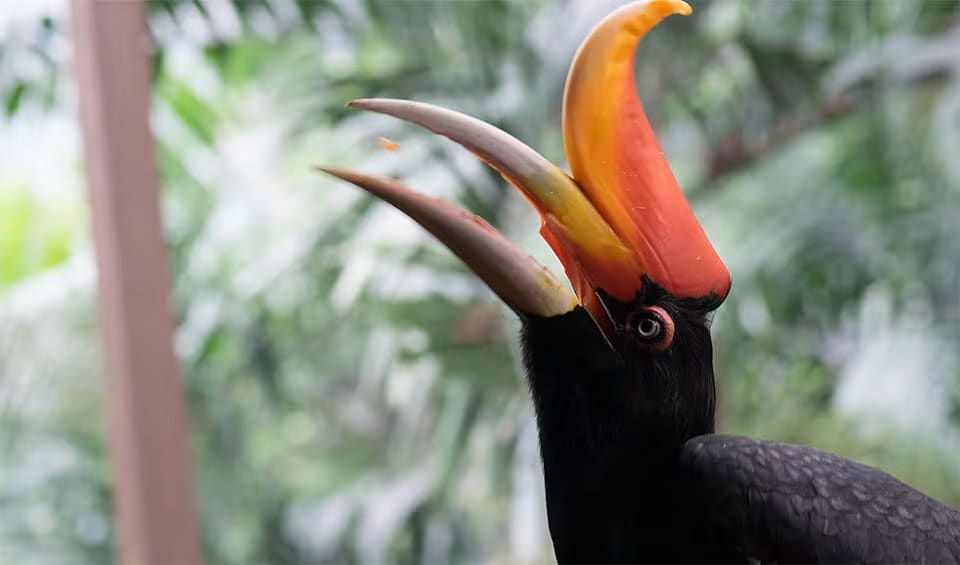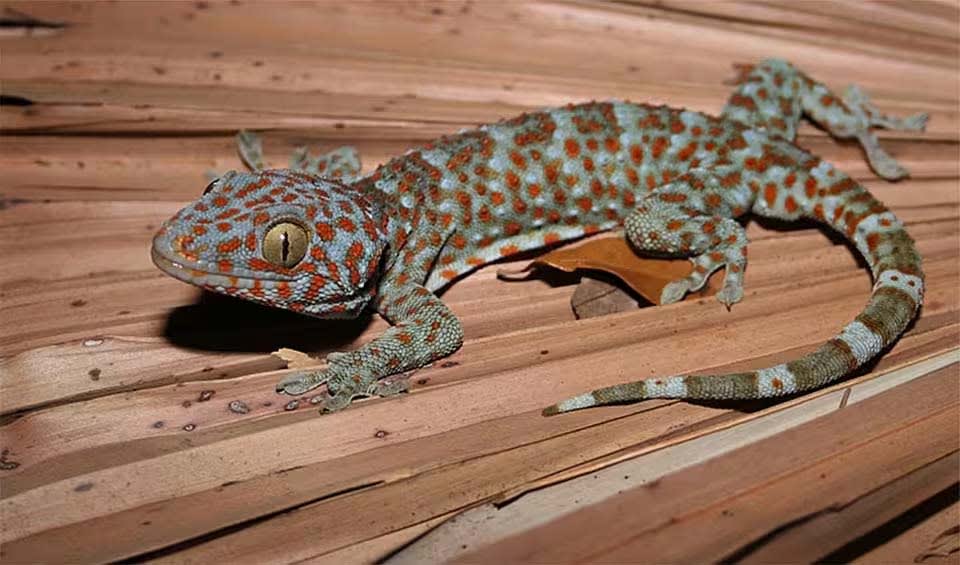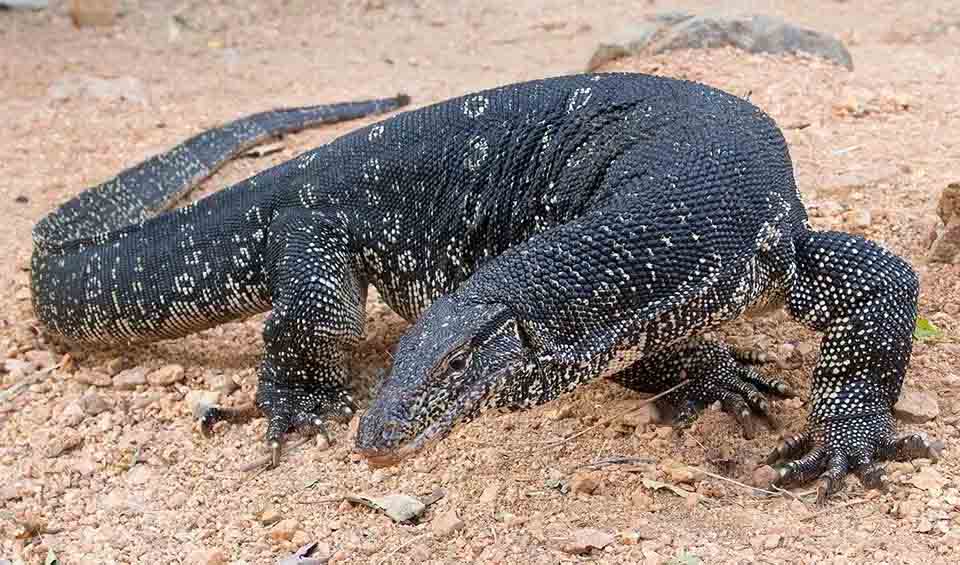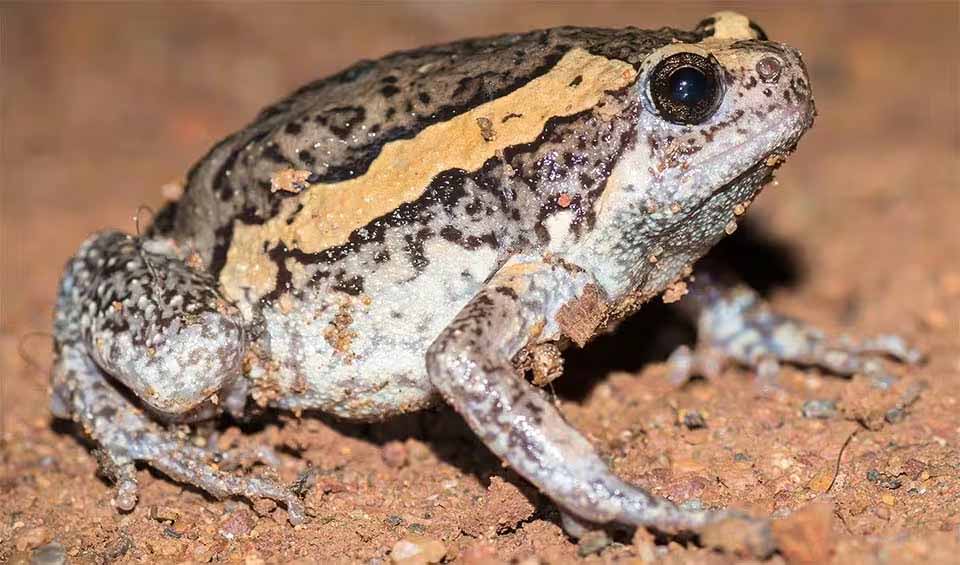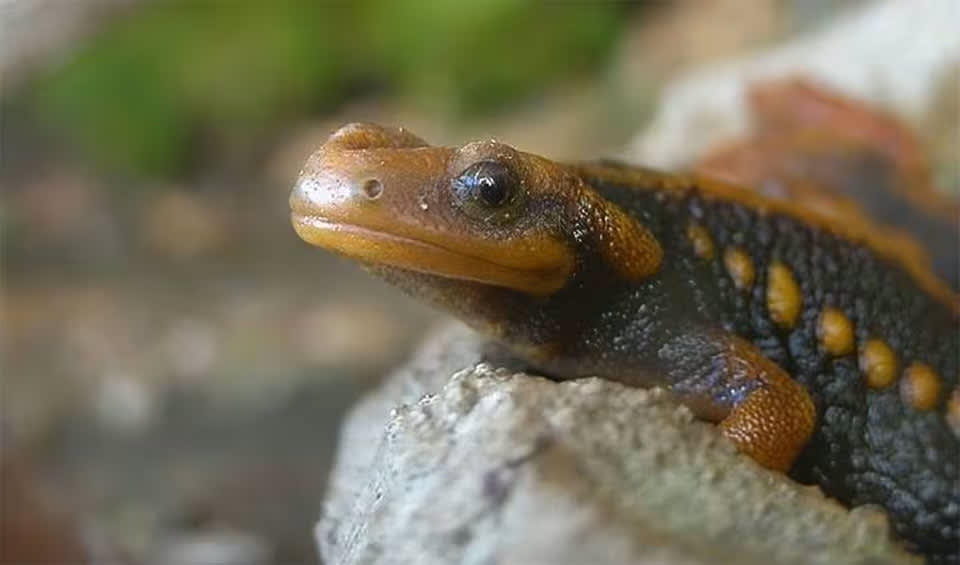Thailand, located at the intersection of the Indochinese and Sundiac biogeographical regions and displays rich biodiversity. Extensive watersheds linked to major river basins and seas, along with 15 mountain ranges, provide habitat to a wide variety of plant species, from temperate and sub-alpine to tropical. There are around 15,000 plant species, representing 8% of global biodiversity. Mangrove forests cover 36% of the coastline, including a few lush beach forests. Coastal and marine biodiversity, including coral reefs, is crucial but under threat from activities like illegal logging and tourism.
Many endangered species, such as elephants, tigers, and marine dolphins, face various threats coupled with habitat loss and ecosystem degradation from human activities.
Thailand acknowledges the vital importance of ecosystems in supporting people’s livelihoods. It has implemented national policies, strategies, and action plans to protect biodiversity, enhance sustainable use, and mitigate threats.
Four pillars elaborated:
Forests, vital for biodiversity, cover less than one-third (29.0%) of the country, with less than half protected. From 2000 to 2020, substantial forest loss totaled over 13.0%, with 8.9% within protected areas. This shows the ongoing pressures from agricultural expansion, urbanization, and other human activities. Land Management
Land Management
Thailand’s land management is crucial for biodiversity conservation, anchored by a network of 245 reported protected areas (PAs). These PAs cover approximately 18.5% of terrestrial(PAs) and 4.4% of marine protected areas(MPAs), protecting diverse ecosystems and wildlife.
All 15 terrestrial ecoregions are protected, contrasting with marine where only 2 out of 4 ecoregions are somewhat protected. The Western Forest Complex (WEFCOM) is significant, covering 12 national parks and 7 wildlife sanctuaries and serving as a biodiversity corridor for animals such as tigers, tapirs, and gaurs. Its classification as a world natural heritage site signifies Thailand’s efforts to manage and conserve natural landscapes sustainably.
Each ecosystem in Thailand has its own set of challenges and risks to the country’s valuable and diverse natural heritage. Illegal hunting and poaching ruining wildlife populations. Fires set for farming and logging destroy habitats and create pollution. Livestock overgrazing degrades habitats, affecting dependent species. Forest clearance and illegal logging directly reduce native habitats. Threats to Biodiversity
Threats to Biodiversity
Destructive fishing practices harm coral reefs and marine life. Tourism and transportation introduce pollutants and harm to natural habitats, especially in coastal and marine ecosystems. Pollution from cities, factories, and other sources further threatens biodiversity and ecosystem health.
Invasive alien species outcompete native flora and fauna, leading to biodiversity loss. Coral bleaching destroys marine biodiversity, crucial for marine species. Loss of wetlands reduces habitat and impacts water quality.
Recent studies(until 2020) reveal more than 1100 plant species are at risk due to agricultural expansion, industrial development, monoculturing and biopiracy. Similarly, approximately 671 animal species & 107 corals are threatened by habitat loss from urbanization and infrastructure expansion driven by human population growth.
The management of protected areas (PAs) in Thailand is mainly centralized, managed by governmental entities, mostly federal or national ministries and agencies. Interestingly, shared governance, private governance, and Indigenous Peoples and Local Communities governance are absent. Capacity and Governance
Capacity and Governance
Environmental governance and biodiversity conservation are made stronger through policies like the National Biodiversity Policy (2009) or the recent Wildlife Conservation and Protection Act B.E. 2562 (2019). This new law has harsher penalties for wildlife trafficking, including greater fines and lengthier prison sentences for trafficking CITES-listed species. Additionally, Thailand has implemented stringent quarantine guidelines against invasive species. Community involvement through CODI and PDA initiatives for sustainable development are promoted. The Equator Initiative plays a crucial global role in assisting local sustainable development, biodiversity conservation, and community empowerment, uniting stakeholders like the United Nations, governments, civil society, businesses, and grassroots organizations.
In 2023, Thailand spent 9.42 billion Thai baht on environmental protection, less than 1% of GDP, highlighting the need for resource allocation.
Thailand aims to enhance biodiversity management by involving a broad range of stakeholders in decision-making, using advanced scientific knowledge. This involves incorporating biodiversity aspects in sectors like fisheries, tourism, agriculture, energy, and infrastructure, and enforcing laws to protect forests, and waste management. Involving companies, local governments, and youth will boost biodiversity conservation initiatives that are related to sustainable development. Future Trends
Future Trends
The Ministry of Natural Resources and Environment is currently working on developing the Biodiversity Bill. This will significantly enhance the protection of biodiversity throughout the country by establishing guidelines. Research and capacity-building investments will help national and international biodiversity projects. They intend to collaborate internationally on synthetic biology, marine trash, invasive species, and coastal protection.
Thailand, a significant CO2 emitter and climate-vulnerable country, is developing framework policies to incorporate climate and biodiversity goals in marine, coastal resources, and sustainable tourism sectors. Recent collaborative partnership with *IKI Germany on the Climate, Coastal, and Marine Biodiversity Project shows the commitment.
_________
*IKI- International Climate Initiative
DID YOU KNOW?
🐅🐯In a landmark effort for conservation, ten Asian nations have come together to commit $1 billion over the next decade to protect and expand critical tiger habitats across the continent? This is a bold step forward to guarantee the survival of these magnificent big cats.
🌟🐌Thailand discovered its very own glowing snail, Phuphania crossei, found chilling in the limestone mountains of Saraburi last year. This snail shines so bright that it bagged the title of “International Mollusc of the Year 2024” after winning a huge online popularity contest in April!
Biodiversity
Thailand, located in Southeast Asia, spans two major biogeographical regions—the Indochinese region in the north and the Sundiac region in the south. This geographical diversity, including 15 mountain ranges, enhances its status as one of the world’s biodiversity hotspots.The country’s diverse ecosystems are influenced by watersheds and major river basins linked to the Mekong River, Gulf of Thailand, and Andaman Sea while Thailand’s forests, which cover a significant portion of the nation, include a substantial amount of conserved forest areas, contributing further to its rich biodiversity.
In the table below are the number of known species in several main groups, how many of these species are Threatened with extinction, and how many of them are Endemic (unique to Thailand only):
| Species (World rank) |
Threatened | % Threatened | Endemic | % Endemic | |
|---|---|---|---|---|---|
| Mammals | 345 (#25) | 59 | 17.1% | 6 | 1.7% |
| Birds | 939 (#17) | 70 | 7.5% | 2 | 0.2% |
| Reptiles | 501 (#14) | 28 | 5.6% | 78 | 15.6% |
| Amphibians | 161 (#24) | 7 | 4.3% | 15 | 9.3% |
| Fishes | 2,163 (#14) | 160 | 7.4% | 21 | 1.0% |
| Plants | 11,179 (#28) | 159 | 1.4% | 300 | 2.7% |
mammals
Sun bear
The smallest of bears is slowly vanishing from tropical forests of Southeast Asia
Lar gibbon
Their songs echo through the forest, a duet between mates that’s both a declaration of love and a territorial announcement
Clouded leopard
They can hang upside down from branches with their rear feet and climb trees almost like a monkey
birds
Black-naped oriole
They are skilled mimics, capable of imitating various sounds from their surroundings
Black-backed dwarf kingfisher
One of the most visually stunning kingfisher, often described as a “flying jewel”
Rhinoceros hornbill
35 years. That’s how long it can live in captivity. But, does that equal its time in the rainforests of Borneo, among high canopy greens?
reptiles
Reticulated python
Largest living snakes on the earth, reaching lengths of up to 7 meters of 23 feet
Tokay gecko
Its large eyes are equipped with highly sensitive retinas, which allow it to see in low light conditions
Asian water monitor
They can be found basking in the sun with their fellow monitors, sharing warmth and companionship
amphibians
Long-nosed horned frog
The “horn” structure on its nose helps break up its outline, making it harder for predators to spot
Banded bullfrog
These frogs don’t “croak”—their call sounds more like a dog’s bark!
Himalayan newt
A recently discovered genus of Asian newts is commonly known as knobby newts
National Animals
Asian elephant
Largest land mammal in Asia here!
Siamese fireback
The national bird of Thailand, symbolizing the wildlife heritage of the country





